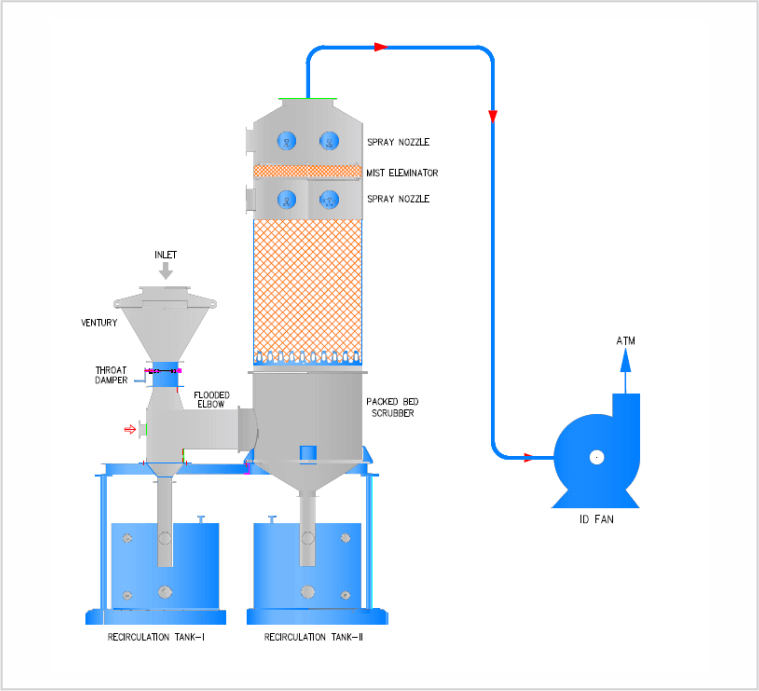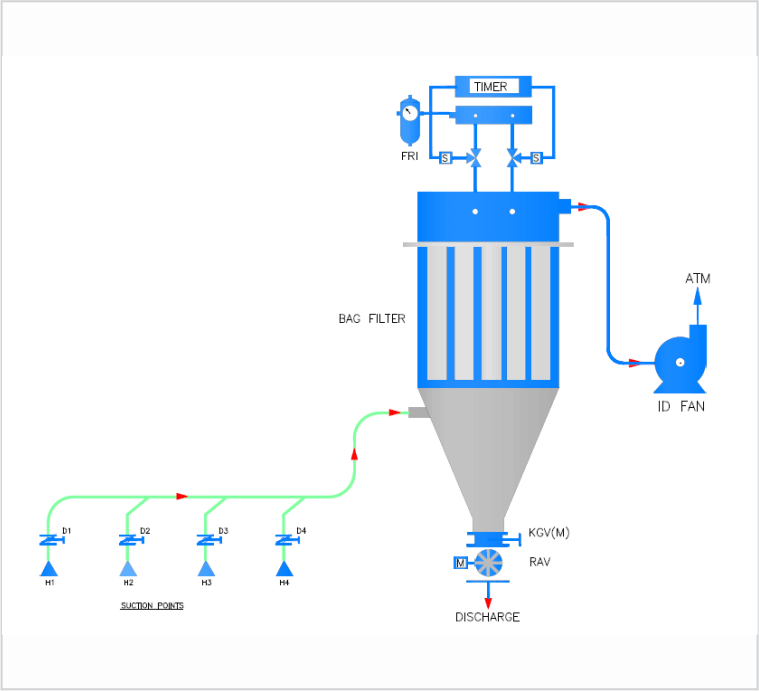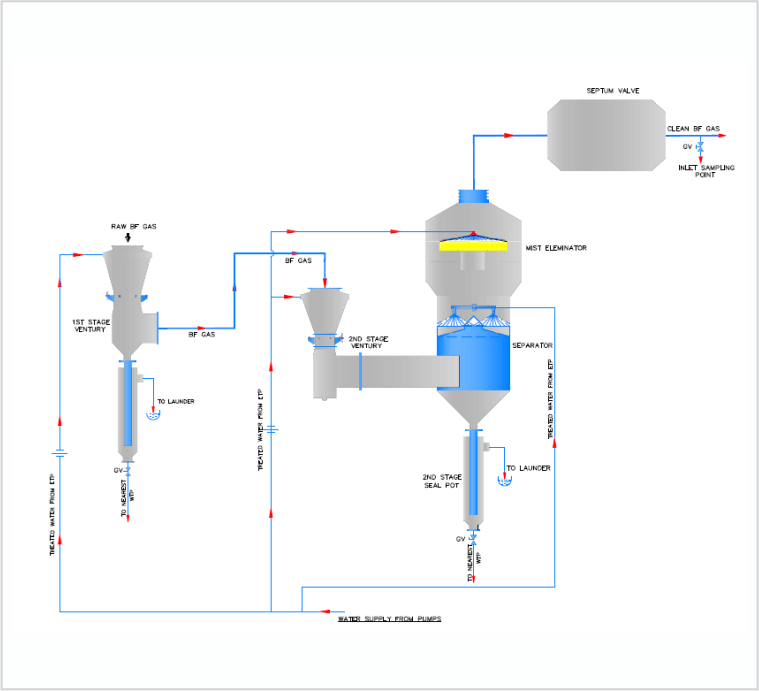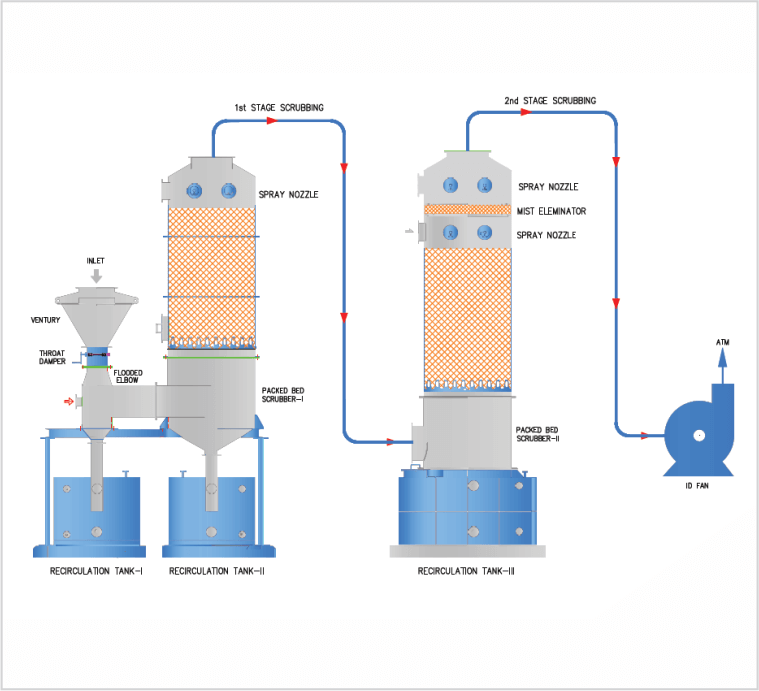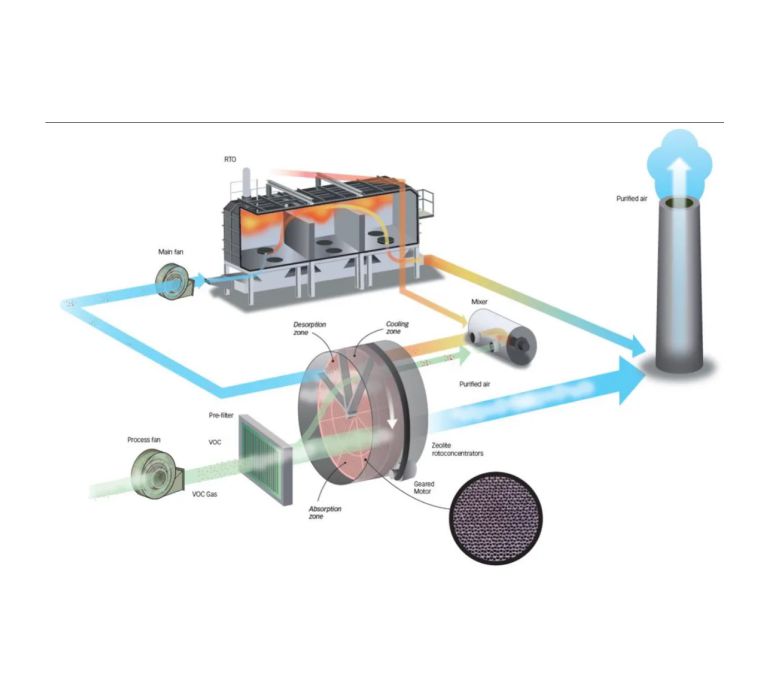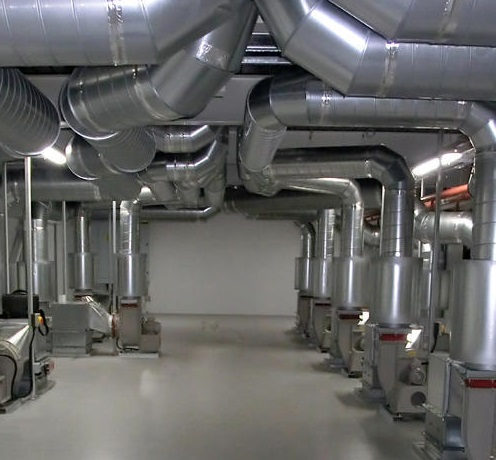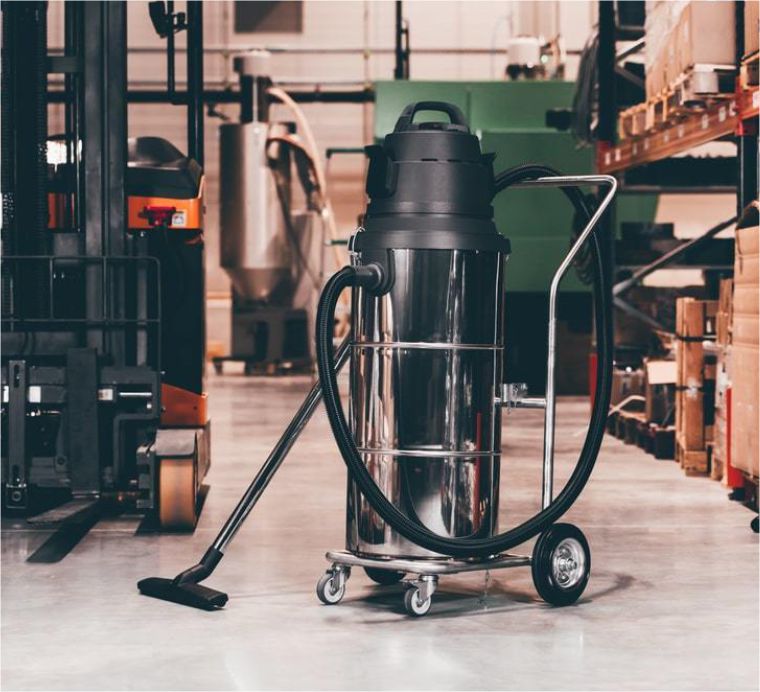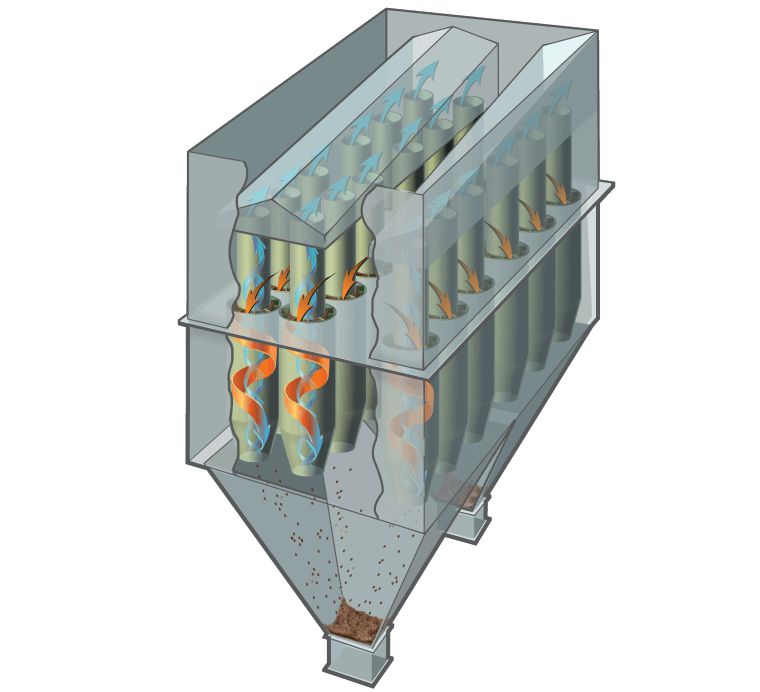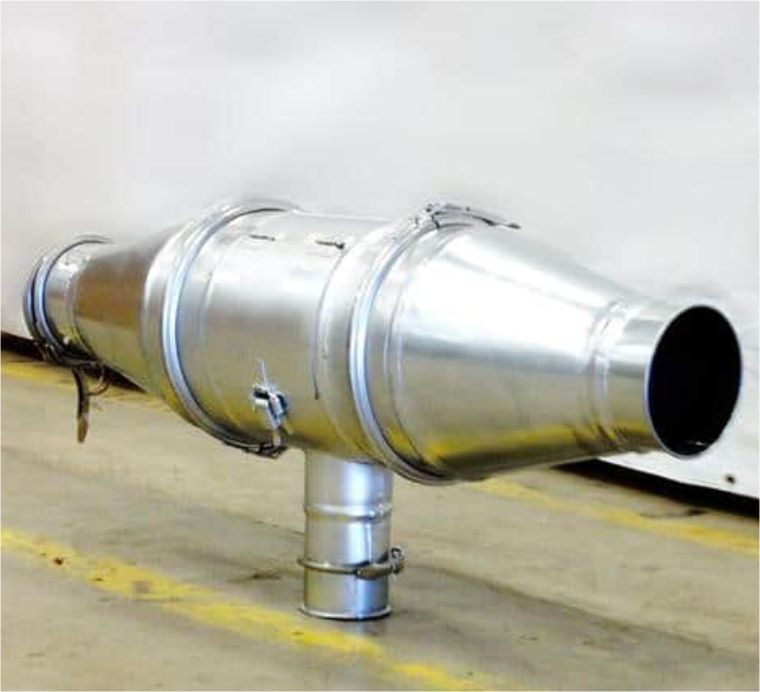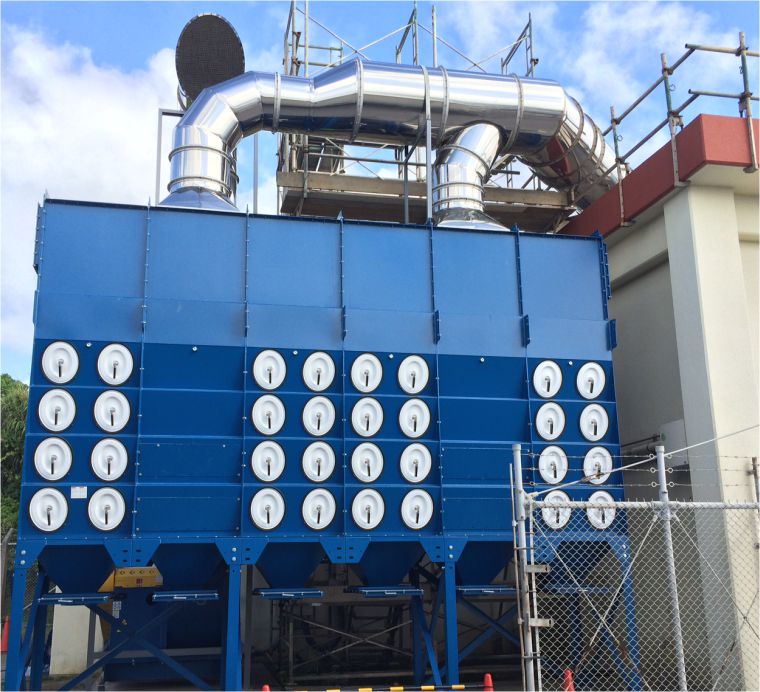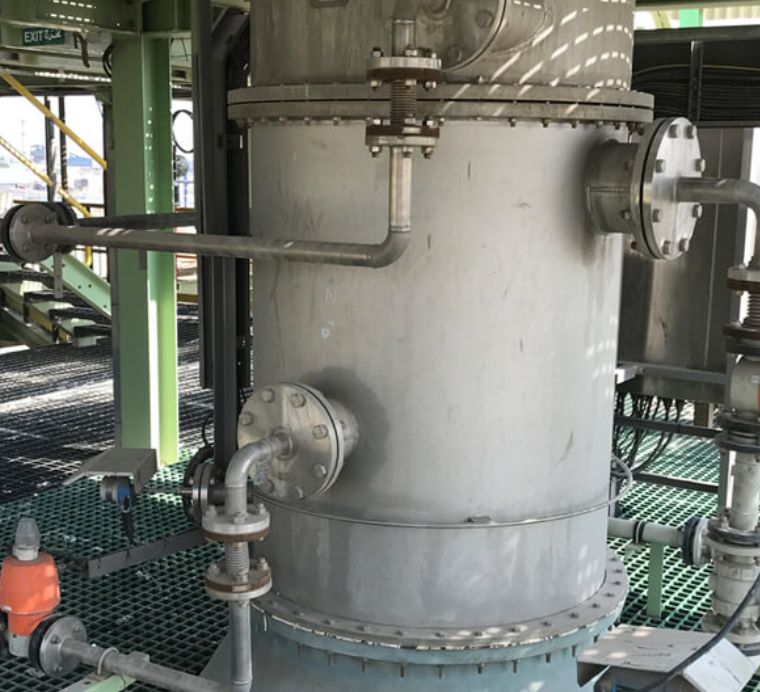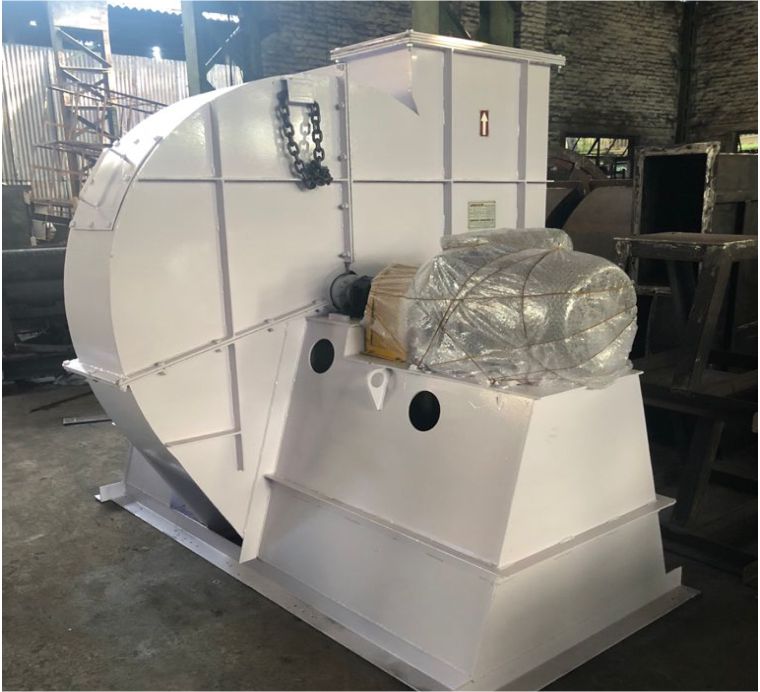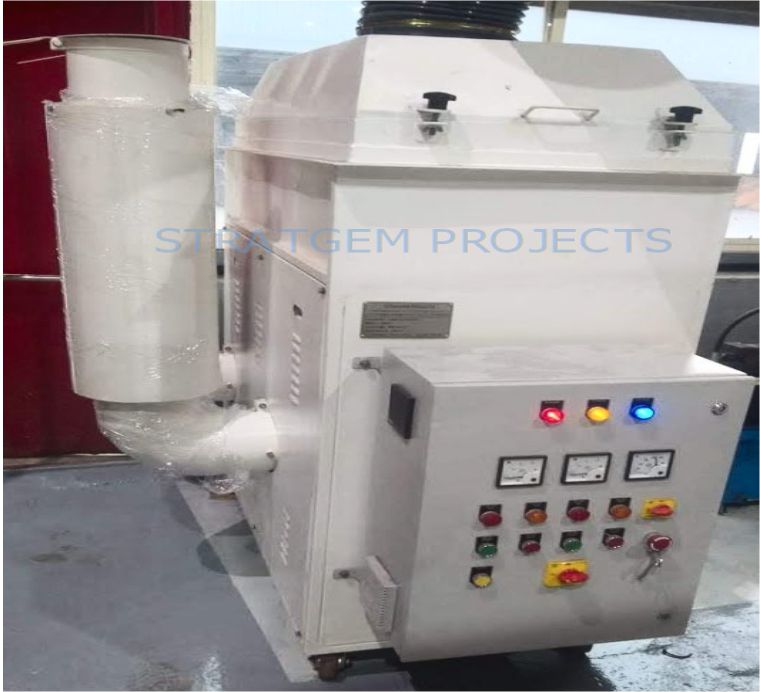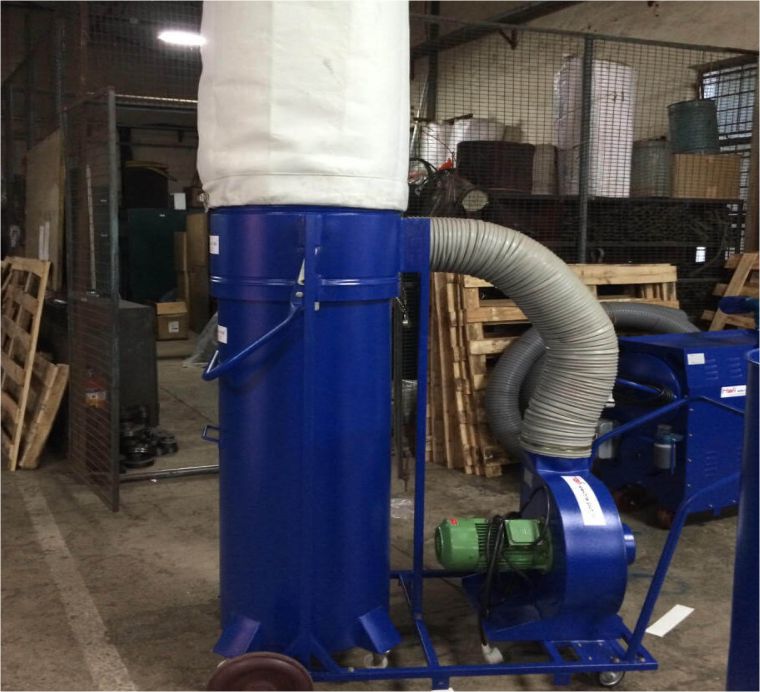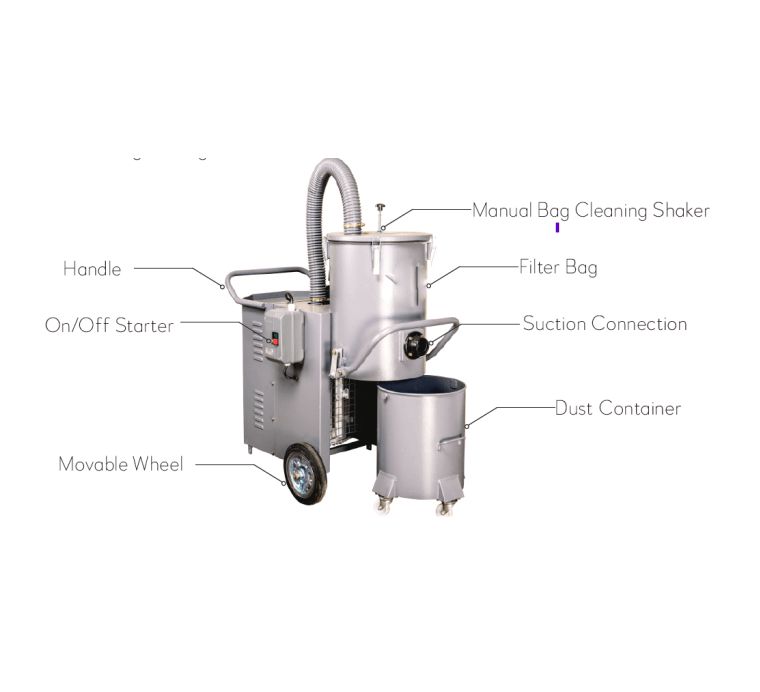Telescopic Chute Manufacturer in Pune, India : Stratgem
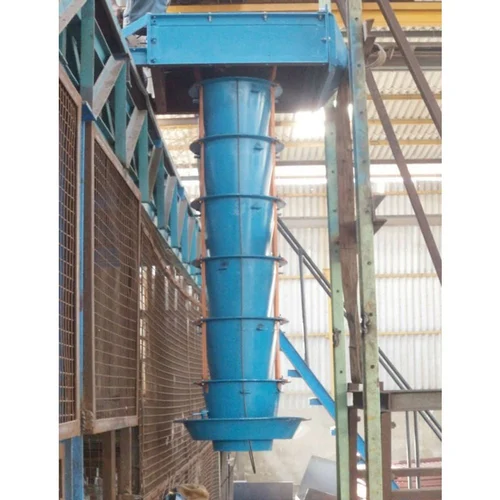
How Telescopic Chutes Work?
Main principal behind the telescopic chute working is to discharge the powdered or granular bulk solid material through a vertical column by its own weight and avoiding dust generation during the process by entrapping the same in same discharge columns. To compensate the varying height between the discharge point and receiving point telescopic chutes are designed with flexible mechanism. Based on application requirements different type of discharge chutes, abrasion resistant cones, dust collectors and similar equipment are included in the telescopic chute.
Telescopic chutes can be used for open or closed loading depending on the application requirement.
Open Loading:
In this case, telescopic chutes are used to fill open trucks, ships and stockpiles where solid material is directly unloaded in an open area and is exposed to environment. At the beginning of unloading process, telescopic chute is lowered down to the flatbed of truck / ship or basement and stopped at the bottom. Material then falls freely through the telescopic chute. Flexible dust cloth located at the bottom side of the chute keeps the dust generated during the unloading inside the unloading area. Level sensors can be installed on the chute to check material level continuously. As the material level increases, the telescopic chute is then retracted upwards and gets raised automatically. After unloading process is completed, telescopic loading chute is completely retracted to the top position.
Closed Loading:
In case of closed unloading telescopic chutes are used to fill tankers or other closed containers viz. barges and ships. At the beginning of unloading, telescopic chute is lowered till the point where it reaches to the tanker inlet nozzle. After ensuring this, material flow is then started. Material gets unloaded freely through inside of the chute. Tanker is filled by the material. Air displaced inside the tanker is vented through the chute and then released through the air vent. Level sensor can be located at the discharge point of telescopic chute to monitor the material level in the tanker. After loading is completed, telescopic chute is the completely retracted to the top position.
Telescopic chutes can be designed for single or dual direction movements. This is done to increase speed and efficiency of the unloading process.
In single direction unloading, the positioners move the telescopic chute horizontally in X axis to load trucks or containers. This allows the drivers to stop the vehicle in the marked loading area without concerns of having parked to be in the exact center of the unloading station. The discharge spout of the telescopic chutes can then be positioned directly above the inlet nozzles of vehicles. This eliminates vehicle re-positioning in the loading station and increases the loading efficiency.
In dual direction unloading, the positioners move the telescopic chute horizontally in X and Y axis to load trucks or containers. This allows the drivers to stop the vehicle in the marked loading area without concerns of having parked to be in the exact center of the unloading station. The discharge spout of the telescopic chutes can then be positioned directly above the inlet nozzles of vehicles. This eliminates vehicle re-positioning in the loading station and increases the loading efficiency.
Handled Materials:
Any material in powder or granular form like wheat, flour, animal feed, seed, corn, rice, sugar, salt, cement, fly ash, mining minerals, calcium carbonate, PVC, plastic pellets, plastic powders, polyethylene, ceramic powders, alumina, bentonite, bauxite, coal, cement clinker, gypsium, perlite, kaolin, limestone, marble powder, soda ash, quartz, urea, sodium sulphate and many more.
Benefits of Telescopic Chute Systems in Material Handling:
Telescopic chute systems offer a myriad of advantages for material handling operations across various industries. Here are some key benefits:
- Optimized Efficiency: Telescopic chutes streamline the transfer of bulk materials, enhancing operational efficiency by reducing loading/unloading times and minimizing material spillage.
- Versatility: These chute systems are versatile and adaptable, capable of handling a wide range of bulk materials such as aggregates, ores, grains, and more.
- Reduced Environmental Impact: Advanced telescopic chute designs incorporate features to minimize dust emissions and environmental impact during material transfer.
- Enhanced Safety: Safety is essential in material handling operations, and telescopic chute systems are equipped with advanced safety features to protect operators and prevent accidents.
- Cost Savings: By improving operational efficiency, minimizing material wastage, and reducing downtime, telescopic chute systems contribute to cost savings over the long term. Their durable construction and low maintenance requirements further enhance cost-effectiveness.
- Ease of Installation and Integration: Designed for easy installation and integration into existing infrastructure, telescopic chute systems minimize downtime and disruption to operations.
Telescopic chutes find many applications across various industries.
StratGem develops and manufactures wide solutions system for Telecopic Chute to various industries with required discharge arrangements. Among the industries we serve are food, chemicals, pharmaceuticals, plastics, minerals, and others.


